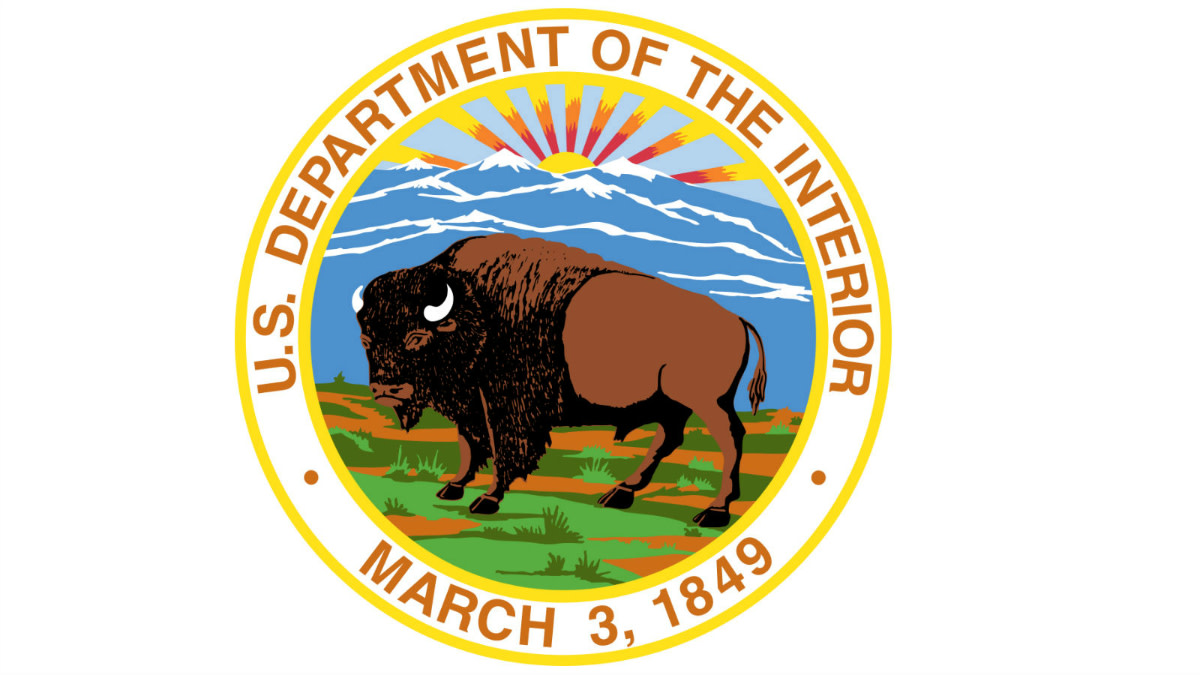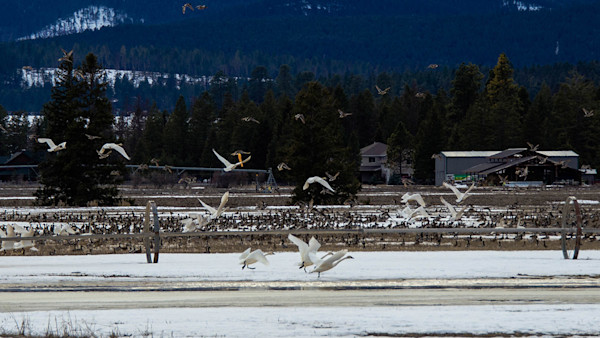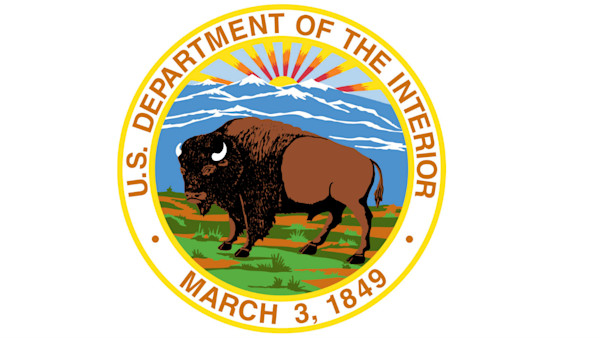
If your social media feed is like mine, you’ve seen a flurry of both outrage and relief about the ouster of Ryan Zinke, who served just short of two years as President Trump’s secretary of the interior.
It is fair to ask: So what? Why should hunters and anglers care about the Secretary of the interior?
The Secretary of the interior is one of the lowest-profile of the presidential panel of personal advisors called the Cabinet. Secretary of defense? Obviously, our nation’s chief general. Secretary of state? America’s top diplomat. But what does the secretary of the interior do anyway?
Probably no other federal agency has more direct influence over hunting and fishing than the Department of the Interior. The current administration is no exception.
President Trump and Secretary Zinke advance a policy of “Energy Dominance.” They want the U.S. to produce enough oil and gas not just to compete in global energy markets with the likes of Saudi Arabia and Russia, but dominate those markets. To turn open the oil spigot, Zinke made it a priority to remove “barriers” to drilling. However, one person’s “production barrier” is another’s “habitat protection.”
This matters because the Interior Department has enormous reach over America’s public lands. For example:
- The Bureau of Land Management ground, National Parks and National Wildlife Refuges, all managed by the DOI, amount for an astonishing 450 million acres. Most of that is open to fishing and hunting (hunting is generally not allowed in national parks, but fishing can be great.) Eager to hunt Dall sheep or caribou in the Alaskan outback? Want to hunt mule deer or pronghorn in Wyoming? Dream about hooking into a big cutthroat in Yellowstone? Then you will be impacted by the decision made by the Department of the Interior.
- It’s important to note that national forests, all 200 million acres of them, are not directly managed under the Department of the Interior. They are managed by the U.S. Forest Service, which falls under the Department of Agriculture. However, DOI does have a lot of say over oil, gas and mineral leasing on national forests. That’s how DOI comes into play, for example, with the debate over oil and gas leasing on the Badger-Two Medicine regions of Montana’s Lewis and Clark National Forest.
- The DOI includes the U.S. Fish and Wildlife Service, which enforces the Endangered Species Act and manages migratory waterfowl. The future of endangered species and candidate “listed” species is often determined via DOI. These “threatened and endangered” species include controversial listings like the salmon and steelhead of the Pacific Northwest, sage grouse in the Great Basin states, grizzly bears in Wyoming and wolves in the upper Midwest. Many wildlife refuges are managed so waterfowl have adequate habitat throughout their annual flyways.
- The Bureau of Reclamation manages dams, diversions and water resources across the West. They manage more than 300 dams and reservoirs for hydropower, irrigation and recreation. This obviously impacts anglers and boaters who depend on Western reservoirs, as well as those who want water left in flowing rivers for fisheries and boating downstream. In the arid West, water is life. Though not without their own controversies, dams greatly affect everything from agriculture to cold, consistent water for trout.
- Other agencies under DOI include the Bureau of Indian Affairs, Bureau of Ocean Energy Management, U.S. Geological Survey and Office of Surface Mining Reclamation and Enforcement. Even these relatively obscure agencies have an impact on your outdoor experience. For example, USGS topographic maps still set the standard for navigation and USGS river gauges to provide the data you need to pick the timing for the best float trips.
The Department of the Interior was formed in 1849, when the United States was still growing from “sea to shining sea.” Interior Secretary is a complicated job and one fraught with political minefields.
The first two secretaries of the interior lasted less than one year in office. One of the most significant bribery cases in American history was the Teapot Dome Scandal of 1920. In that case, the secretary of the interior went to prison for taking bribes from oil companies wanting to drill under federal lands in Wyoming and California. It was the first time a presidential cabinet member went to prison for corruption.
Nearly 100 years later, oil and public lands are still a volatile mix at the Department of the Interior. Secretary Ryan Zinke leaves office under a cloud of accusations and investigations about some of his decisions and actions. Zinke left office calling those allegations baseless political attacks. History will be the judge.
Meanwhile, Zinke’s replacement will be named soon, to continue advancing the Energy Dominance doctrine. Hunters and anglers would be wise to keep a close eye on the Department of the Interior to make sure our interests are defended.







Conversation